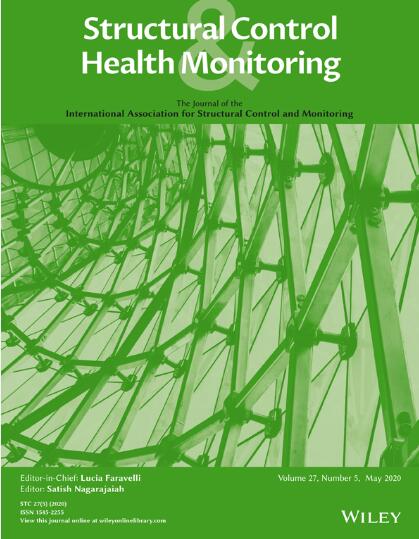Performance of Real-Time Hybrid Simulation for Hunting Dampers of High-Speed Trains
Abstract
One favorable solution to the issue of hunting instability of high-speed trains is to install hunting dampers. However, the nonlinearity of dampers and their interaction with a train present significant challenges in accurately analyzing the dynamic behaviors of both dampers and trains. To address these challenges, we present and investigate a real-time hybrid simulation (RTHS) for hunting dampers of high-speed trains and propose an improved two-stage adaptive time-delay compensation method to resolve its demanding delay issue. This innovative approach combines a numerical train model with a full-scale physical hunting damper, providing a versatile method for simulating and analyzing various dynamic behaviors. The train model incorporates 17 degrees of freedom and accounts for the nonlinear wheel–rail contact relationship to more faithfully represent the dynamic response of the train. A virtual RTHS platform with a loading system model has been developed. Both numerical simulations on this platform and real tests are conducted using the RTHS approach. Results demonstrate that time delays can reduce the hunting stability of a high-speed train, and the improved two-stage adaptive time-delay compensation method outperforms other comparative methods. This research reveals the feasibility and efficacy of the RTHS method for hunting dampers of high-speed trains.


 求助内容:
求助内容: 应助结果提醒方式:
应助结果提醒方式:


